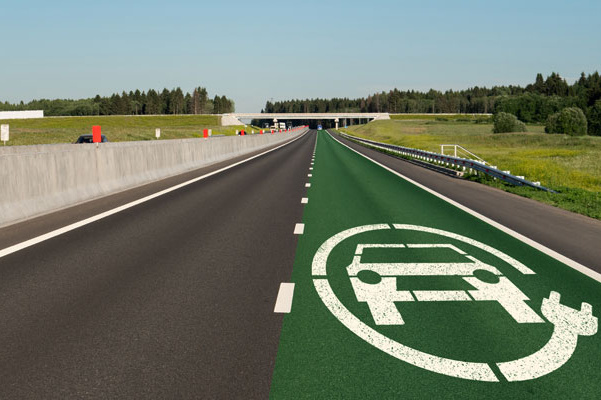Just 10 years ago, electric vehicle drivers might have worried about running out of energy to get to their destination, and with good reason. Fortunately, the situation has improved significantly over the last decade, so that this fear no longer has any real basis.
Firstly because over the last 10 years, the number of charging stations has increased considerably, making it possible to improve the network and make motorists safer.
During this same period, electric vehicle models have also gained a lot of autonomy. Nothing to do with the first models.
However, the future also seems promising in this sense, due to multiple innovations, the latest one being particularly interesting.
We are talking here about a novelty which, if it sees the light of day on our roads, should appease drivers of electric vehicles for good. It is called dynamic charging, and it promises to be revolutionary because its process implies that vehicles could recharge themselves on the road, by driving on lanes provided for this purpose.
This attractive process comes from our French cousins and was tested this fall, first in Rouen, then on a French highway, the A10, near Paris. This last trial period is carried out by the Vinci Autoroutes group. It will last three years and will benefit from a budget of 26 million euros.
How will they do it? First, you should know that not one, but two technologies will be tested there.
First, magnetic coils were integrated into the roadway, under the asphalt. They are the ones who will recharge the batteries, by induction, somewhat by the same principle as smart phones.
Second, we tested rails that were embedded in the asphalt, at ground level, to allow vehicles to connect directly to the ground in order to recharge while driving.
In both cases, the driver should have peace of mind for a long period of autonomy, and therefore not have to worry about interrupting their journey to find a charging station and recharge the battery.
Another advantage of these technologies: they involve batteries which may be lighter and, therefore, which will consume less rare materials.
For the moment, however, these two technologies are particularly aimed at the electrification of heavy vehicles, which are still mainly powered by diesel, since they are too large to be electric. That said, if they had access to electric mode and could go green, one can imagine how great this innovation would be in reducing emissions from long-distance road transport.
To use this “attack mode”, the car driver crosses a specific area on the circuit to activate it, like the processes that have been tested in Rouen and near Paris. The difference, of course, is that charging is carried out by induction.
These tests will therefore be carried out in two stages. The Rouen tests were carried out on an enclosed path belonging to a public establishment of the Ministry of Ecological Transition.
Then came the tests on the A10 motorway, near Paris. At this location, the charging systems were installed on a four-kilometer section of one of the highway lanes. On this special lane, however, the chargers will only activate in the presence of compatible vehicles, of course.
That said, these trials plan to test these technologies at a high speed, in order to challenge the processes, resolve any problems that may arise and iron out the details, so that the technology can be deployed at scale later. We want to do it over hundreds, even thousands of kilometers.
These new technologies appear exciting, of course, but remain fraught with numerous challenges.
For the moment, some uncertainties remain as to the number of vehicles that may be compatible with induction. We also wonder about the charging power, which could be considerably lower than wired charging.
The high cost of installations is not to be disdained either and is also one of the disadvantages to consider. Finally, it is estimated that the conductor rail can become quite dirty and, if so, it is feared that it could pose a problem for motorcyclists.
As for us, it remains to be seen whether this technology can be exported to the American side and, above all, whether it will suit our road conditions in summer and winter…
Nonetheless, in all cases, it remains undeniable that these new technologies constitute a significant step forward in the world of vehicle charging.

